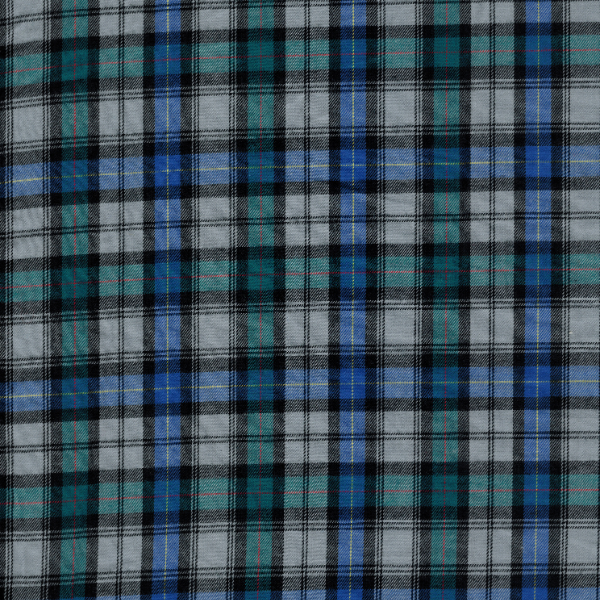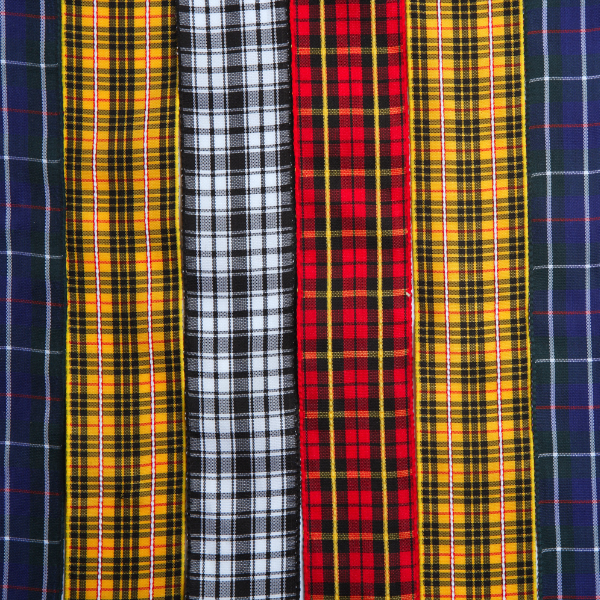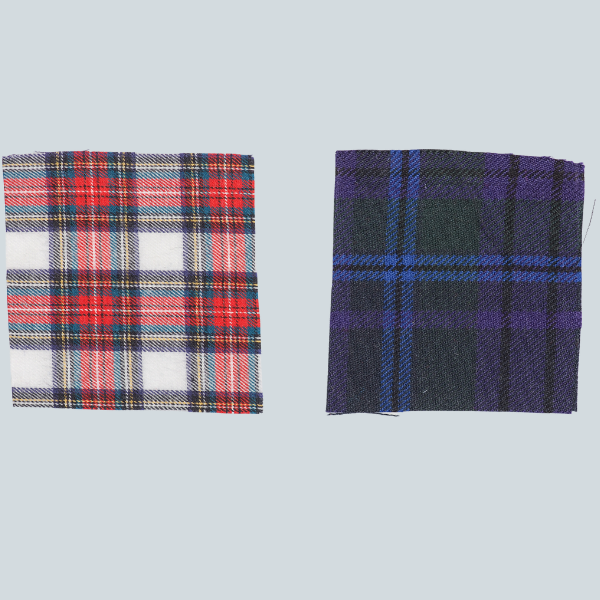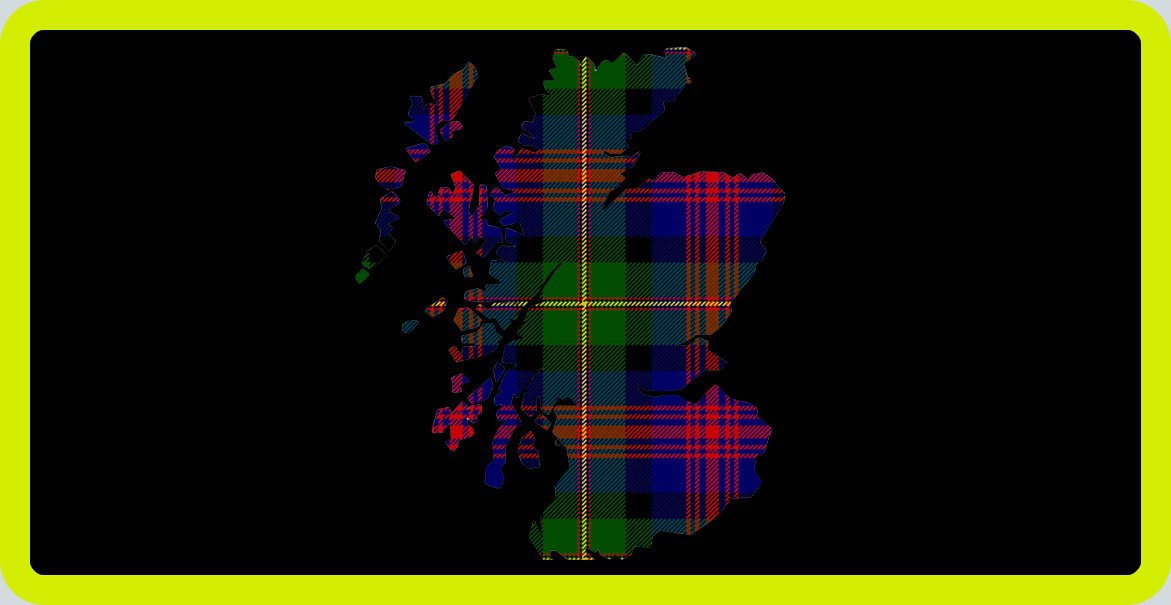So you’ve always been intrigued by Scotland and its rich cultural heritage, and now you want to learn more about one of its iconic symbols – clan Tartans. Look no further, as this beginner’s guide is here to give you a crash course on Scotland’s clan Tartans, providing you with a glimpse into the fascinating world of Kilts, Celtic dress, and the colorful patterns that represent various Scottish clans.
Whether you have Scottish ancestry or simply appreciate the beauty of Tartan designs, this article will unravel the history and significance behind these beloved fabric patterns, allowing you to truly appreciate the depths of Scottish heritage.
Understanding Tartan Patterns

Tartan is a pattern that consists of crisscrossing horizontal and vertical lines of different colors. It is often associated with Scottish heritage and culture. The word “Tartan” also refers to the fabric that features this distinct pattern.
Definition of Tartan
Tartan is a textile pattern that is characterized by its intricate checkered design. It is created by weaving different colored threads together in a specific sequence. The colors and order of the threads are what give each Tartan pattern its unique identity.
The significance of different Tartan patterns
Every Tartan pattern holds a significant meaning, representing a specific clan or family in Scotland. Each clan has its own unique Tartan that is passed down through generations, serving as a visual representation of their identity, history, and heritage. Tartan patterns can also be associated with regions, institutions, or organizations, further showcasing their significance in Scottish culture.
How Tartan patterns are created
Tartan patterns are meticulously designed and woven by skilled artisans. The process involves selecting the specific colors of thread and determining the sett, which is the repeating pattern of the Tartan. The thread is then woven together in a specified order to create the desired Tartan design. The creation of Tartan patterns requires careful attention to detail and a deep understanding of color combinations and traditional weaving techniques.
History of Scotland’s Clan Tartans
The rich history of Scotland’s clan Tartans dates back centuries. Understanding the origins and evolution of these Tartans provides insight into the cultural significance they hold today.
Origins of Scotland clan Tartans
The origins of clan Tartans can be traced back to the Celtic tribes of Scotland, known as the Picts and Gaels. The practice of wearing Tartan fabric as a form of identification and allegiance to tribes and clans is believed to have started as early as the 3rd century BC. Tartan patterns were initially made in natural wool colors, derived from the sheep reared by the clans.
Evolution and changes over the centuries
As Scotland’s clans grew in number and influence, so did the variety and complexity of Tartan patterns. Tartans became more intricate, using a wider range of colors and variations, as the clans sought to display their unique identities. The 18th century saw a major turning point in the history of Tartans, as the British government attempted to suppress Highland traditions, including the wearing of Tartans. This led to a decline in the popularity and visibility of Tartans until the ban was eventually lifted in the 19th century.
Modern interpretation and usage
Today, Tartans are celebrated as an integral part of Scottish heritage and culture. Clan Tartans are proudly worn by individuals to showcase their familial ties and honor their ancestors. Tartan patterns have also expanded beyond clan associations and are used in various fashion and design applications. Modern Tartans are often creatively designed to represent regions, sports teams, or organizations, reflecting the continued evolution and adaptability of this iconic pattern.
Importance of Tartan in Scottish Culture
Tartan holds a significant place in Scottish culture and is deeply embedded in various aspects of Scottish life, both past, and present.
Tartan as a symbol of clan identity
One of the key roles of Tartan is to symbolize clan identity. Each clan’s unique Tartan serves as a visual representation of their heritage, history, and familial connections. Wearing one’s clan Tartan can evoke a sense of pride and belonging, reaffirming an individual’s place within their ancestral lineage. Tartan becomes a powerful symbol of kinship and unity among the members of a particular clan.
Role of Tartan in traditional Scottish ceremonies
Tartan plays a significant role in traditional Scottish ceremonies, such as weddings, funerals, and Highland gatherings. It is often seen adorning the attire of participants, signaling their connection to a specific clan or family. In weddings, the bride and groom may choose to incorporate their respective Tartans into their outfits, symbolizing the merging of their families and heritage. Tartan is also present during military ceremonies and gatherings, adding a touch of tradition and heritage to these important occasions.
Tartan in popular Scottish folklore and legends
Throughout Scottish folklore and legends, Tartan holds its own mythical charm. Legendary figures and heroes are often associated with specific Tartans, further deepening the connection between Tartan and Scottish folklore. These tales and legends add a layer of intrigue and mystique to the already captivating world of Tartans, reinforcing their importance in Scottish culture and storytelling traditions.
Different Types of Clan Tartans

Clan Tartans come in a wide variety, each with its own distinguishing factors and unique characteristics.
Distinguishing factors of different clan Tartans
Each clan Tartan is carefully designed to represent the history, heritage, and geographic region associated with the clan. One of the distinguishing factors of different clan Tartans is the choice and arrangement of colors. The setts, or specific patterns of lines and squares, also contribute to the unique identity of each Tartan. Some Tartans are more intricate and vibrant, while others are simpler and more understated, reflecting the individual characteristics and preferences of each clan.
Most popular Scotland clan Tartans
Certain clan Tartans have gained widespread popularity and recognition due to their historical significance or association with influential clans. Tartans such as the Royal Stewart Tartan, the Black Watch Tartan, and the MacGregor Tartan are among the most well-known and widely worn Tartans. These Tartans have transcended clan boundaries and have become iconic symbols of Scottish heritage and culture.
Rare or less well-known Tartans
While some Tartans enjoy prominence and popularity, there are also numerous Tartans that are lesser-known or considered rare. These Tartans may be associated with smaller clans or families, specific regions, or even newly created Tartans. Discovering these rare or less well-known Tartans can be a fascinating journey, allowing individuals to explore lesser-known aspects of Scottish history and heritage.
How to Identify Various Clan Tartans
Identifying specific clan Tartans can be a captivating endeavor, as it allows individuals to connect with their ancestral roots.
Resources for Tartan identification
Several resources can help individuals identify the Tartan associated with their clan or family. Clan society websites, Tartan databases, and books on Scottish heritage are excellent starting points. These resources provide comprehensive lists and descriptions of various Tartans, making it easier for individuals to find their respective clan Tartans.
The Scottish Register of Tartans is the defacto resource for finding or registering a clan Tartan.
The role of color in Tartan identification
Colors play a crucial role in identifying Tartans. Each Tartan comprises a specific combination of colors that carry symbolic meaning and represent the natural surroundings or history associated with the clan. Understanding the significance of different colors used in Tartans can provide valuable insights into their origins and symbolic representation.
Identifying Tartans by clan name
In many cases, simply knowing the name of one’s clan or family can help in identifying the associated Tartan. The link between clan name and Tartan is deeply ingrained in Scottish culture and tradition, making it easier for individuals to find and wear their appropriate Tartan. Online resources and experts in Scottish heritage can assist in confirming the correct Tartan based on clan or family names.
Rules and Etiquettes of Wearing Tartans
Wearing Tartans comes with its own set of rules and etiquettes, ensuring that the tradition is respected and honored.
Who can wear which Tartan
Traditionally, each clan Tartan is reserved for members of the respective clan or family. This exclusivity is aimed at preserving the heritage and identity associated with specific Tartans. However, modern practices have become more flexible, allowing individuals with Scottish ancestry, regardless of clan affiliation, to wear Tartans that hold personal meaning to them. It is important to respect the traditions and sensitivities surrounding specific Tartans and seek guidance on appropriate usage.
Etiquette for wearing Tartan at formal occasions
Tartans are often worn at formal occasions, such as weddings, ceremonies, or highland gatherings. When wearing Tartan in formal settings, it is essential to observe the appropriate etiquette. This includes wearing the Tartan correctly, ensuring that it is the appropriate Tartan for the occasion, and pairing it with appropriate attire. Following these etiquette guidelines helps maintain the dignity and respect associated with Tartans in formal Scottish settings.
The controversies surrounding non-Scots wearing Tartans
The widespread popularity and global recognition of Tartans have led to debates and controversies surrounding non-Scots wearing Tartans. Some argue that wearing Tartan without a direct Scottish connection can be seen as appropriation or disrespecting Scottish culture. Others believe that Tartans should be celebrated and embraced by anyone with an appreciation for Scottish heritage. Understanding the perspectives and sensitivities surrounding this issue can help individuals make informed decisions when wearing Tartans.
Tales and Legends Associated with Tartans
Tartans have woven themselves into the fabric of Scottish history, folklore, and mythology, becoming intertwined with captivating tales and legends.
Famous historic events involving Tartans
Throughout history, Tartans have been present at significant events in Scottish history. From battles fought on the Highland terrain to royal ceremonies and coronations, Tartans have witnessed and adorned pivotal moments in Scottish history. These events have contributed to shaping the narrative of Tartans and their enduring place in Scottish culture.
Legendary figures and their associated Tartans
Legendary figures, both real and mythical, are often linked to specific Tartans. Heroes, warriors, and influential personalities have their own Tartans, which become synonymous with their identity and the tales associated with them. Whether it is the Tartan of a renowned Scottish monarch or a legendary warrior, these associations add layers of intrigue and myth to the already fascinating world of Tartans.
Modern tales and myths surrounding Tartans
Tartans continue to inspire modern tales and myths. From stories of hidden clan Tartans to the mystical properties attributed to specific Tartans, these modern narratives keep the spirit of Tartans alive in contemporary Scottish storytelling. These tales serve as a testament to the enduring fascination and allure that Tartans hold in the hearts and minds of Scots and enthusiasts worldwide.
Tartans in Modern Scottish Life
Tartans have adapted to the changing times and continue to play a vibrant part in various aspects of modern Scottish life.
Tartans in contemporary Scottish fashion
Tartan patterns have transcended traditional attire and have found their way into contemporary Scottish fashion. From clothing to accessories, Tartans are a vibrant part of the Scottish fashion scene. Designers incorporate Tartan fabrics and patterns into modern designs, blending tradition with innovation. This infusion of Tartans in fashion keeps the tradition alive while creating exciting new possibilities for exploration and creativity.
Use of Tartans in Scottish celebrations and festivals
Scottish celebrations and festivals are perfect occasions to showcase the beauty and significance of Tartans. Events such as Highland Games, Burns Night, and St. Andrew’s Day celebrations feature the energetic display of Tartans. Tartans adorn performers, bagpipers, and dancers, creating a visually stunning spectacle that celebrates Scottish culture and heritage. Festivals dedicated to Tartans, such as the Tartan Week, bring together enthusiasts from around the world, fostering a deep appreciation for this iconic pattern.
Tartan in modern Scottish art and media
Tartans have also made a significant impact in the realm of art and media. From paintings and sculptures to photography and film, Tartan patterns find their way into various artistic expressions that capture the essence of Scottish culture. The use of Tartans in contemporary art and media not only pays homage to tradition but also brings forth new interpretations and perspectives, keeping the spirit of Tartans alive in the modern Scottish art scene.
Purchasing Your Own Clan Tartan
For those seeking to embrace their Scottish heritage, purchasing and wearing their own clan Tartan can be a meaningful and enriching experience.
Where to buy authentic Scottish Tartans
Authentic Scottish Tartans can be purchased through various channels, both online and in physical stores. Numerous Scottish retailers specialize in Tartan products, offering a wide range of clan Tartans. It is important to ensure that the seller is reputable and provides genuine Tartans that adhere to traditional quality and standards.
Understanding Tartan quality and pricing
The quality and pricing of Tartans can vary depending on several factors. The authenticity of materials used, the intricacy of the weave, and the reputation of the weavers all influence the quality of the Tartan. Pricing can also depend on the exclusivity and demand for a particular Tartan. Understanding these aspects can help individuals make informed choices when selecting and purchasing their own clan Tartan.
Custom-designing your own Tartan
For those seeking a more personalized experience, it is possible to design one’s own Tartan. Custom-designed Tartans offer the opportunity to showcase individuality and create a unique connection to Scottish heritage. This process involves working with skilled weavers or companies specializing in Tartan design. Creating a custom Tartan requires consideration of color choices, sett design, and symbolic meaning, resulting in a Tartan that is truly one-of-a-kind.
Preserving and Caring for Tartan Fabrics

Preserving and caring for Tartan garments is vital to ensure their longevity and maintain their timeless beauty.
Proper storage of Tartan garments
Tartan garments should be stored with care to protect them from damage and preserve their quality. It is recommended to store them in a cool, dry place, away from direct sunlight and excessive moisture. Fold garments carefully, preferably with acid-free tissue paper, to prevent creasing and maintain the shape of the Tartan. Using moth repellents and periodically inspecting garments can help prevent damage from insects.
Cleaning and maintaining Tartan fabrics
Cleaning and maintaining Tartan fabrics require certain precautions to avoid damaging the delicate fibers. In general, it is recommended to dry clean Tartan garments to ensure their proper care. However, it is crucial to consult the care instructions provided by the manufacturer or seek professional advice. Avoiding exposure to harsh chemicals, excessive heat, and aggressive scrubbing are essential to minimize the risk of damage while cleaning Tartan fabrics.
How to mend and repair Tartan garments
Over time, Tartan garments may require mending and repair to address small tears, loose threads, or general wear and tear. It is advisable to seek professional assistance or a skilled tailor experienced in working with Tartan fabrics. By employing the correct techniques and using matching threads, these experts can effectively repair Tartan garments, ensuring that their beauty and integrity are preserved for years to come.
As intricate as the patterns they showcase, Tartans embody the rich history and vibrant culture of Scotland. From their origins in ancient tribes to their enduring presence in modern Scottish life, Tartans continue to captivate and inspire. Whether worn as a symbol of clan affiliation or appreciated as a fashion statement, Tartans weave themselves into the very fabric of Scottish heritage, keeping tradition and legacy alive in every colorful thread. It is through the understanding and celebration of Tartans that we can truly appreciate the depth and beauty of Scottish culture.

